The Art of Resistance: Defending Academic Freedom auction was held by the Council for Assisting Refugee Academics (which was the charity for the Times Higher Education Awards 2013).
We have selected 10 particularly inspiring items to give you a flavour of what was on offer.
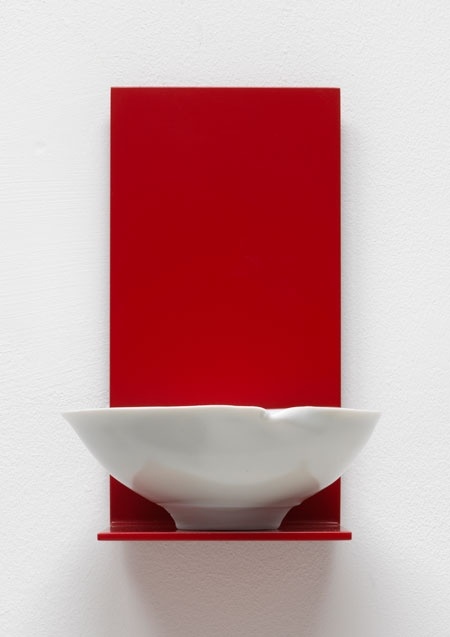
1. The Poem as Act, V, by Edmund de Waal
Edmund speaks of his family’s story of exile as one you can “reach out and touch” and of the belief that by sharing and telling it, one can help restore the past. His father Victor, who was brought up in England where the family travelled to safety from Vienna, served for over ten years as a university chaplain at King’s College, Cambridge and then Nottingham. Victor’s experience of exile has to a great extent shaped his life. “As a refugee I was blessed with good fortune. Many people today are not so lucky,” Edmund says. “Britain is still a welcoming country. Long may it remain so.”
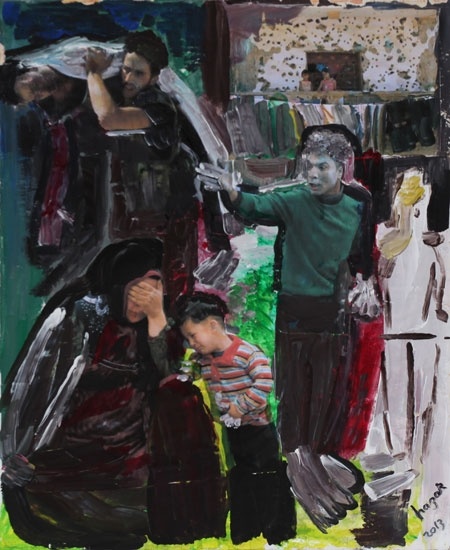
2. Neighborhood, by Hazar Bakbachi-Henriot
Originally from Aleppo in Syria, a city known for its textile manufacturing, Hazar’s work remains influenced by her roots, and the desperate humanitarian situation in her native country. Last year she organised a two-week art workshop with women in refugee camps in Antakya, near the Turkish-Syrian border, aiming to get women to tell their stories by making collective art using embroidery and tapestry. “The first few days were difficult. It was silent. But as soon as we started cutting the fabric, the words came back.”
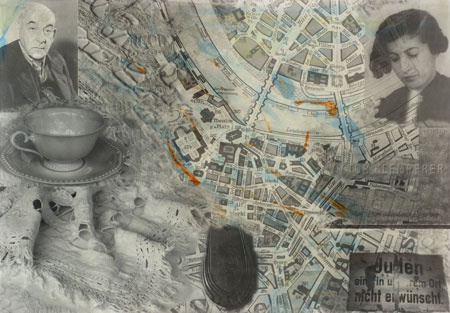
3. Dresden V. Victor Klemperer, by Monica Petzal
This work is one of a collection of almost 50 prints that make up Monica’s Dresden Project, an on-going reflection upon her maternal family, the Isakowitz Family. Victor Klemperer, a professor of Romance Languages at the University of Dresden, whose detailed diaries from 1933 to 45 have become a standard source for historians of National Socialism, captures part of the Isakowitz story as the families become friends. The print considers the relationship between the two families, featuring belongings such as a lace table cloth and family silver, which her grandparents carried with them from Dresden to London.

4. False Peace, by Hanaa Malallah
Hanaa taught at a number of faculties in the Baghdad University of Fine Arts, before going into exile in late 2006. “To physically taste war is completely different than to experience it second hand,” she says. “Death has no meaning and anything solid can reduced to nothing in seconds. For the past 5 years I have explored the space located between figuration and abstraction, between existing and vanishing, a concept which for me also holds a deep spiritual meaning.”
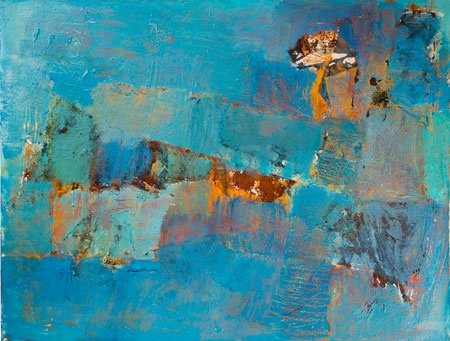
5. The Distance, by Issam Kourbaj
“As a Syrian artist, I am observing from a very painful distance the evisceration of my homeland, its people, its society, its cities and villages, its past and present, its history and its memory,” says Issam. “With every hourly news bulletin I am reminded of the inhuman conditions and atrocities, which courageous women, children and men are enduring and of the lies and distortions and deletions which mean that many of these atrocities might be forever forgotten, buried like so many of the dead, never to be heard of again or remembered.” Issam is inspired by the daily course of life that transpires around him, whilst embracing the non-representational.

6. I Will Have No More Desires, by Kate Robinson
“The title is from a novel by Samuel Beckett,” Kate explains. “Pim is presented within the text as a being immersed in mud, recognisably human and yet also primeval or ahistorical. The original material I used for the head was clay - appropriate given Pim’s primal mud. Ever since, for more than twenty years, I have been drawn like a magnet to make sleeping, dreaming heads - often in materials that dissolve back into the earth.”

7. Loss, by Yasemin Omer
Yasemin synthesises remnants of her memories of Iraq with mystical enchanting elements, to captivate her audience with her stories. The writer Mahmoud Al Bayaty, now living in exile in Sweden, and to whom Yasemin was once married, speaks of her painting as “capturing the mix of dream and reality invoked when remembering one’s homeland.” The family travelled from Iraq to Czechoslovakia, and when the Soviet Union began to crumble in 1991, left again for Sweden. He was shocked at that time to learn of the killing of his relative, the academic Safaa Hafiz in Iraq and, after the 2003 invasion, thousands of prominent academics were forced to suffer destitution, hunger, imprisonment and assassination.
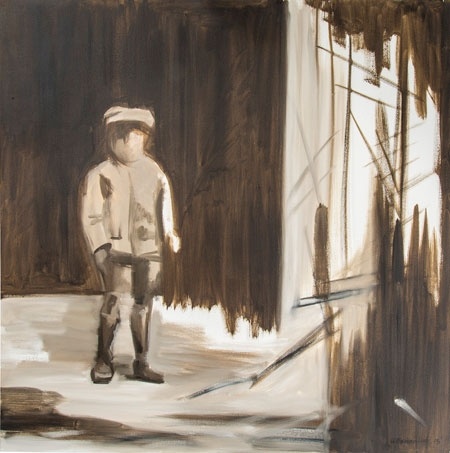
8. Faded, by Ulyana Gumeniuk
In Faded, Ulyana, the daughter of a dissident Ukrainian artists, has attempted to reach beyond the image and connect with the experience, with her feelings as a six-year old growing up in the final years of the Soviet Union. Her family was persecuted because her the focus of her father’s work on Ukrainian history and identity. As a child she experienced isolation and fear, not knowing what would become of her and her family, and shunned by others. “It was as if the ground was constantly shifting under my feet and my body dissolving in chaos and turmoil. I try to convey this experience of losing an identity before it has even had a chance to form,” Ulyana says.
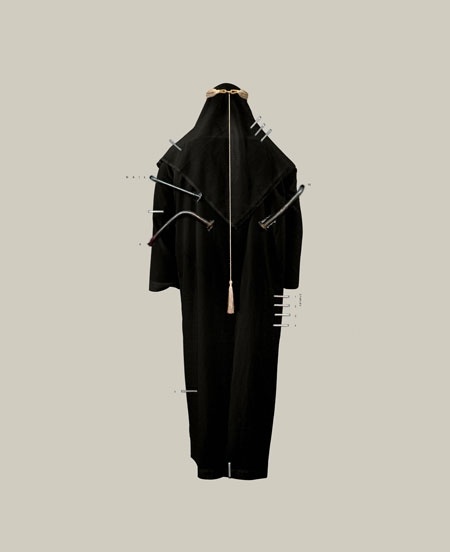
9. Dusur (Longing Series), by Mohammed Al-Shammarey
This Longing Series extends beyond childhood games and dreams to the prevalent issue of immigration either by choice or forced. Mohammed’s work touches on the biographical. As he puts it, he immigrated to the USA to “escape the bleeding homeland” of Iraq, leaving “a hollow feeling of deep uprooting”.
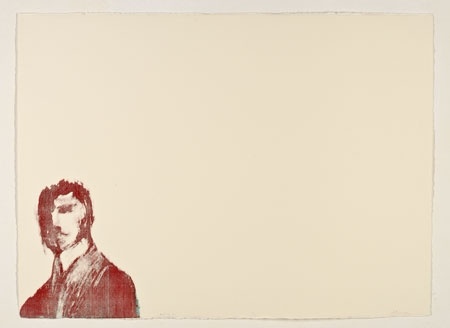
10. Moving On, by Shelagh Atkinson
“Through the connection with my partner Karen Rookwood’s family story of migration, migration and displacement have become themes woven into my work,” Shelagh explains. “In this work, the figures appear in the scene as pocket sized portraits surrounded by a large amount of empty space; they appear very much alone”. Karen shares her family story in auction catalogue, her grand-father Curt Sluzewski’s internment at the Hutchinson Camp, on the Isle of Man, famously known as the Artists’ Camp due to its lively and artistic life.
Register to continue
Why register?
- Registration is free and only takes a moment
- Once registered, you can read 3 articles a month
- Sign up for our newsletter
Subscribe
Or subscribe for unlimited access to:
- Unlimited access to news, views, insights & reviews
- Digital editions
- Digital access to THE’s university and college rankings analysis
Already registered or a current subscriber? Login
